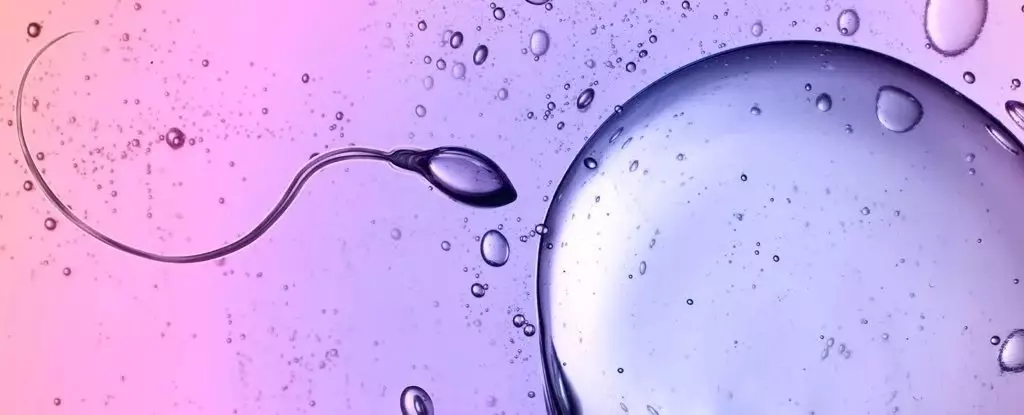In a world driven by rigid scientific laws, the ability of human sperm to navigate through viscous fluids raises eyebrows and challenges established notions of physics. A groundbreaking study spearheaded by Kenta Ishimoto from Kyoto University has revealed a captivating truth: these microscopic swimmers thrive in environments where traditional principles, particularly Newton’s third law of motion, seem to fail. This revelation not only reshapes our understanding of physics but also opens new avenues for innovation and exploration in various scientific fields.
Traditional physics paints a clear image of motion governed by symmetrical forces. Newton’s third law succinctly states that for every action, there is an equal and opposite reaction. This principle may provide a neat framework for understanding interactions on a macroscopic scale, such as colliding marbles, yet appears to crumble under the chaotic dynamics observable in microscopic life forms. Ishimoto’s research delves into this chaotic realm, stirring thoughts that perhaps the world of particles and cells operates under a different set of dynamics altogether.
Asymmetry and Complexity in Micro-Motion
What makes the sperm’s locomotion so compelling is the defiance of reciprocal actions, showcasing what scientists term non-reciprocal interactions. This concept underscores the unpredictability of nature, particularly in complex systems where the conventional rules become blurred. As birds flock or animals navigate their environments, the movements are propelled by unique, energy-generating mechanisms that allow them to interact with their surroundings in ways that seem to sidestep traditional physics.
This “odd elasticity” observed in sperm tails and the flagella of green algae elucidates a fascinating phenomenon. These structures, while inherently vulnerable to the energy-sapping nature of viscous fluids, possess characteristics that permit efficient movement despite external resistance. The interplay between flexibility and propulsion becomes a dance of biological ingenuity that defies simplistic Newtonian mechanics.
Revolutionizing Robotics and Understanding Collective Behavior
The implications of understanding such mechanisms stretch beyond biology into the realms of technology and engineering. The ability to mimic these microscopic movements could lead to the creation of small, self-assembling robots that leverage biological principles to navigate complex environments. This intersection between biology and technology reflects a trend towards biomimicry—a practice that draws inspiration from nature to solve human challenges.
By developing robots that operate on principles akin to those behind sperm mobility, researchers can tap into untapped potentials for design and function. Picture miniature robots scuttling through densely packed environments, evading obstacles with agility inspired by the movements of sperm cells. Such advancements would revolutionize industries ranging from healthcare to environmental science, where intricate navigation is often paramount.
Moreover, the modeling techniques employed by Ishimoto and his team shed light on the underlying principles governing collective behavior in biological systems. By elucidating the complex interactions that occur on microscopic scales, researchers can glean insights into broader ecological dynamics, fostering a more comprehensive understanding of how organisms interact within their environments.
A Call to Rethink Scientific Boundaries
The revelations from Ishimoto’s study implore us to reconsider the boundaries of our scientific understanding. The intertwining of physics and biology reveals a world where life’s intricacies break down our conventional perceptions. The enticing dance of sperm in viscous fluids exemplifies nature’s capacity to transcend theoretical frameworks and defy expectations.
In a contemporary landscape that sometimes seems constrained by traditional paradigms, this research serves as a reminder that scientific inquiry must remain open to unexpected outcomes. As we embrace the chaos of nature, we uncover secrets that not only illuminate our understanding but also invigorate innovation across disciplines. The notion that life can move elegantly—even in the face of overwhelming resistance—encourages us to celebrate complexity and to pursue knowledge with a spirit of curiosity and wonder.

Leave a Reply